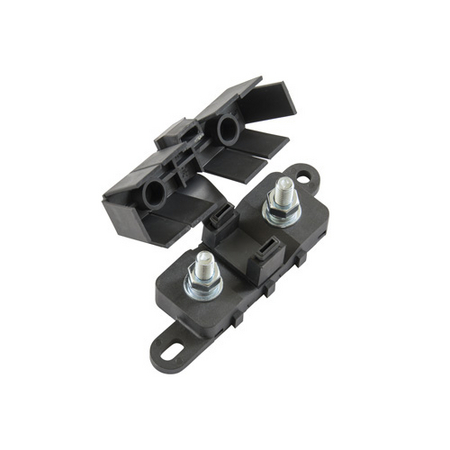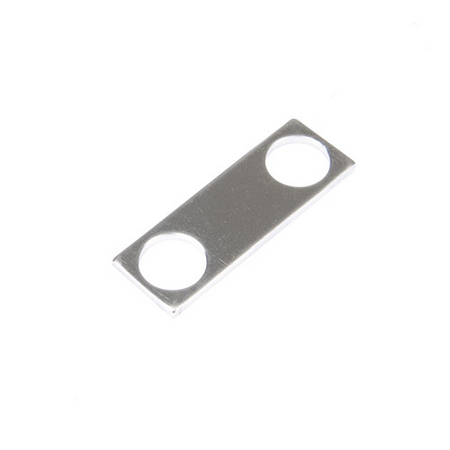Vigilant24
New Member
- Joined
- Aug 23, 2022
- Messages
- 119
I thought I'd seen a Mega fuse holder that bolts directly to a battery terminal, but now I can't seem to find such a thing. The idea would be to bolt one end down using the the 5/8th inch battery terminal bolt, have the 300A fuse in there, connect the other end to my 2/0 cable to my inverter and be done. I'm guessing that just bolting the bare fuse itself in there (no holder) isn't a great idea (I'm >pretty sure< the fuses aren't built for those mechanical stresses, and 300A is something to take seriously). Adding another 2/0 cable just so I can bolt a fuse holder to a board seems it will just add more resistance (cable length, one more connection) for little added benefit.
Did I really see such a thing? Any tips/links/thoughts would be appreciated.
Did I really see such a thing? Any tips/links/thoughts would be appreciated.





